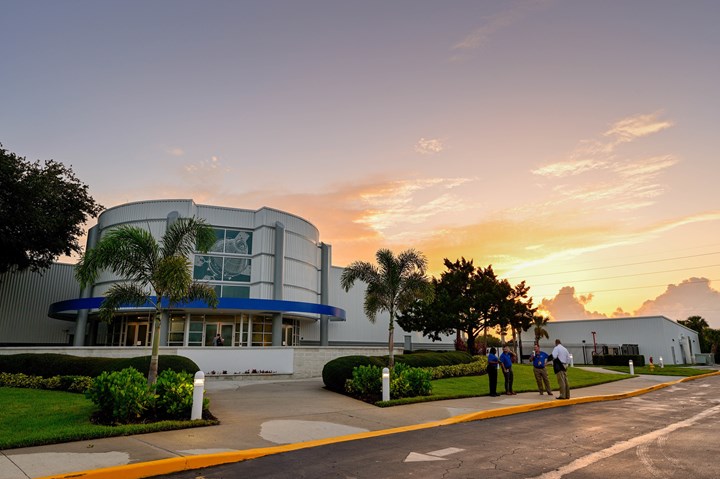Lockheed Martin opens new facility, expands Orion spacecraft production
The STAR Center provides space for the new production phase of Orion, allowing future Orion spacecraft, beginning with the Artemis III mission, to be built faster.

On July 15, (Bethesda, Md., U.S.) opened its Spacecraft Test, Assembly and Resource (STAR) Center. The STAR Center features business and digital transformation innovations that will expand manufacturing, assembly and testing capacity for NASA's (Washington, D.C., U.S.) Orion spacecraft program and ultimately, future space exploration.
Lockheed Martin currently assembles the Orion spacecraft for the I and II Moon missions at the nearby Neil Armstrong Operations and Checkout (O&C) building at 's Kennedy Space Center. The addition of the STAR Center provides space for the new production phase of Orion, allowing future Orion spacecraft — starting with the Artemis III mission — to be built faster.
“The STAR Center is the centerpiece of our commitment to build sustainable and affordable capabilities for NASA to send astronauts to the moon and eventually Mars,” says Lisa Callahan, Commercial Civil Space (Falls Church, Va., U.S.) vice president and general manager at Lockheed Martin Space. “We are using advanced manufacturing capabilities and digital-first technologies to speed production and improve quality to get Orion from factory to space faster than ever before.”
The STAR Center will reportedly enable Lockheed Martin to implement the latest digital transformation technologies, along with the company’s existing production expertise, in order to scale Orion production and deliver spacecraft more quickly.
Under Lockheed Martin’s production contract with NASA, the agency has committed to order Orion vehicles for six missions, with the potential to add another six through 2030.
Related Content
-
Carbon fiber satellite arm reduces weight, simplifies assembly onto naval vessels
Satcom developer EM Solutions partnered with ACS Australia to replace an aluminum arm design with a 65% lighter, one-piece, corrosion-resistant carbon fiber/epoxy alternative.
-
Expanding high-temperature composites in India and the U.S.
Azista USA offers polymers and processes for carbon/carbon and other CMC, including novel hot-melt phenolic and phthalonitrile prepregs for faster cycle times, alternative solutions.
-
NASA launches composite solar sail into space
Sunlight-based propulsion system, supported by carbon fiber-reinforced booms, will undergo weeks-long testing to demonstrate and verify its capabilities.






